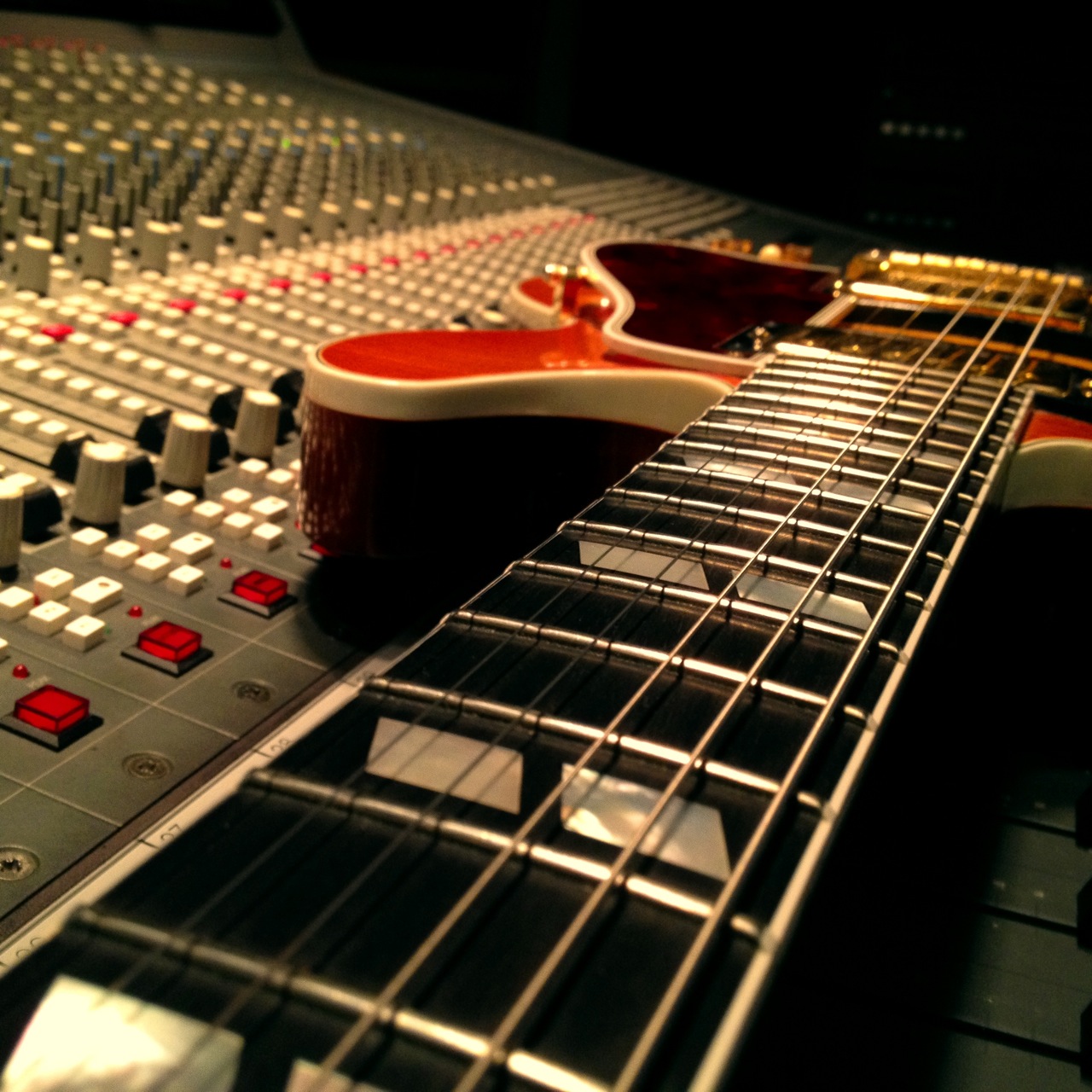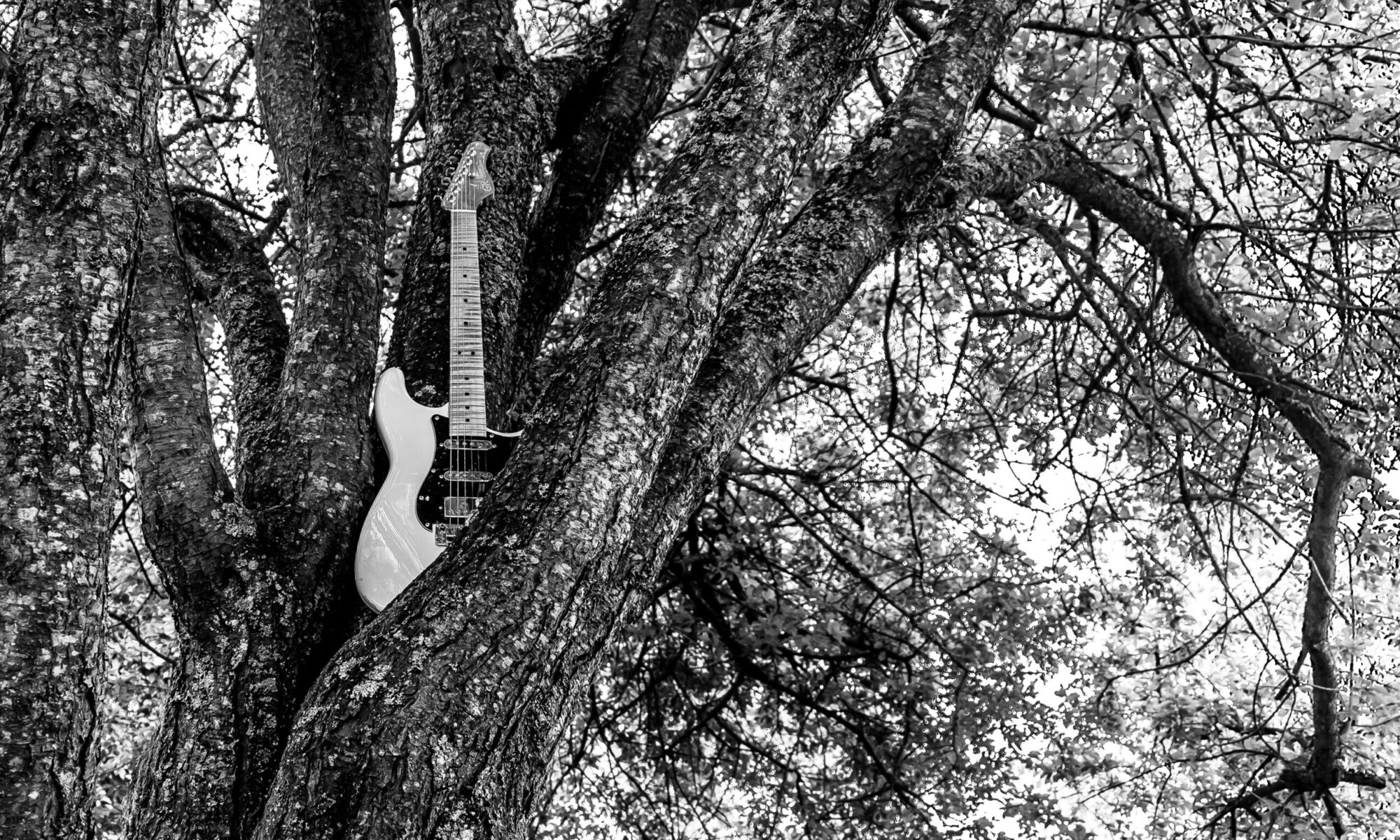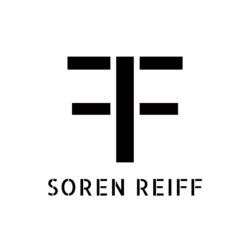The other day I wrote about how an idea develops into a song, and my approach to arranging the music. Today I’ll write about how I prepare a song for recording and my studio workflow around the recording sessions.

My studio workflow
Since I’ve worked for many years doing tons of studio sessions, I didn’t give my workflow much consideration when I was about to cut my first album as a recording artist – we just recorded most of the parts live in the studio with everybody playing at the same time. But that made things a bit tough for me, as I was wearing too many hats at the same time. I had to consider how everybody else played, if there were any mistakes in the scores, if the parts were right for each instrument and how I wanted the instruments to sound and so on. On top of that, a monitor mix that I would normally be happy with for the purpose of recording guitar parts, wouldn’t be the same mix I wanted when deciding if anyone should fix something in a take. To cut a long story short, I’ve now changed my workflow around the recording sessions. Now I choose to record more in layers. This means that I record all my demo parts in a Logic session, with some kind of click track and programmed percussion to play along to, and then let the people who are going to record the real parts play along to that – and they do this in layers. The first recording session will always be with drums and bass. Later, another session with some percussion, then real keyboards, then guitars, vocals, maybe some more percussion, more keyboards, horns or whatever else the track may need. That way I can focus 100% on fewer things at a time and make the session musicians comfortable, feel good and play the very best they can.
This also means that things don’t have to sound flawless when I record my demos. But of course, neither my guitar playing or anything programmed should be so crappy that it’ll negatively affect the musicians when they are recording with my demo track as a guide. It would just be a waste of valuable time, so I’ll always change the worst sounding parts before anyone has to record to it, if I think they will cause problems.
So, now I hope you have an idea of how I work when I’m writing music – developing and preparing a song for recording.
On this blog I will also introduce you to some of the musicians who are playing on my third album. I’ll play some of my scratch demos, with the parts I’ve programmed and my basic guitar recordings. This means that you can hear some of the changes all the fantastic musicians involved have brought to my music.
All the very best
Soren

